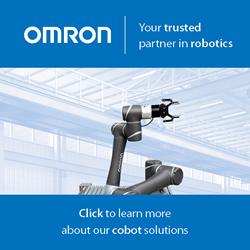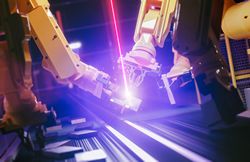How Are Robots Tested for Harsh Conditions?
Advanced robots can spare human workers from dangerous or life-threatening conditions and environments - like the intricate underwater terrain of a search-and-rescue mission or extreme pressures faced by oil and gas workers. Robots aren't invincible, however, and they need to be carefully designed to handle these extreme conditions. Here are some of the extreme environments that robots face - and how designers test them
University of Texas "opens Doors" to Safer Nuclear Waste Retrieval
The Nuclear and Applied Robotics Group, based in the University of Texas at Austin, has a mission to "develop and deploy advanced robotics in hazardous environments to minimize risk for the human operator."
How Robots Are Changing Nuclear Disaster Protocols
Despite modern advancements, a great deal of robots, such as the one deployed to Fukushima in March 2017, have died as a result of the high radiation levels.
Records 1 to 3 of 3
Featured Product

Discover how human-robot collaboration can take flexibility to new heights!
Humans and robots can now share tasks - and this new partnership is on the verge of revolutionizing the production line. Today's drivers like data-driven services, decreasing product lifetimes and the need for product differentiation are putting flexibility paramount, and no technology is better suited to meet these needs than the Omron TM Series Collaborative Robot. With force feedback, collision detection technology and an intuitive, hand-guided teaching mechanism, the TM Series cobot is designed to work in immediate proximity to a human worker and is easier than ever to train on new tasks.




